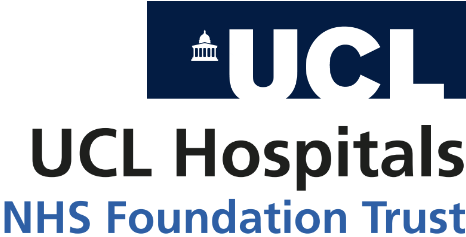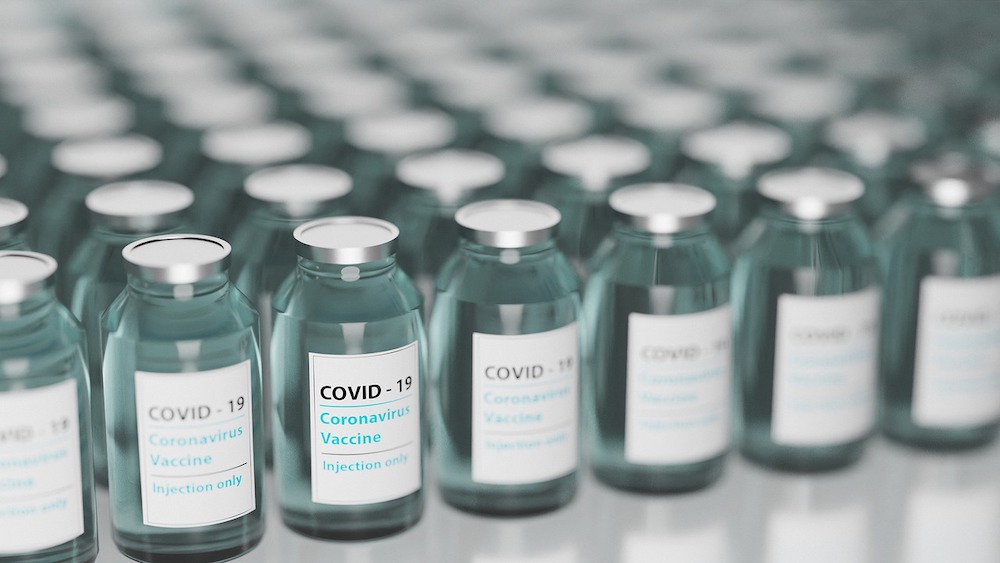
Every year since 2018, the Office of National Statistics (ONS) recognise and celebrate outstanding innovation and impactful work and analysis carried out using secure data. The Virus Watch study were nominated and announced as winners of the People’s Choice Award 2024. In addition to winning, the study also received a commendation for methodology from the judging panel. This highlighted the large scale data collection with extensive linkage (surveys and administrative data) and the sensible use of random sampling for recruitment, to linkage to a range of data held by NHS Digital. UCL Research Fellow Dr Vincent Nguyen accepted the award on behalf of the Virus Watch team acknowledging the study participants and the multidisciplinary team of researchers that made the study possible.
This work has been reported on here:
ONS Website: https://www.ons.gov.uk/aboutus/whatwedo/statistics/requestingstatistics/onsresearchexcellenceaward
UCL Faculty Website: UCL wins twice at ONS Research Excellence Awards | UCL Population Health Sciences – UCL – University College London




